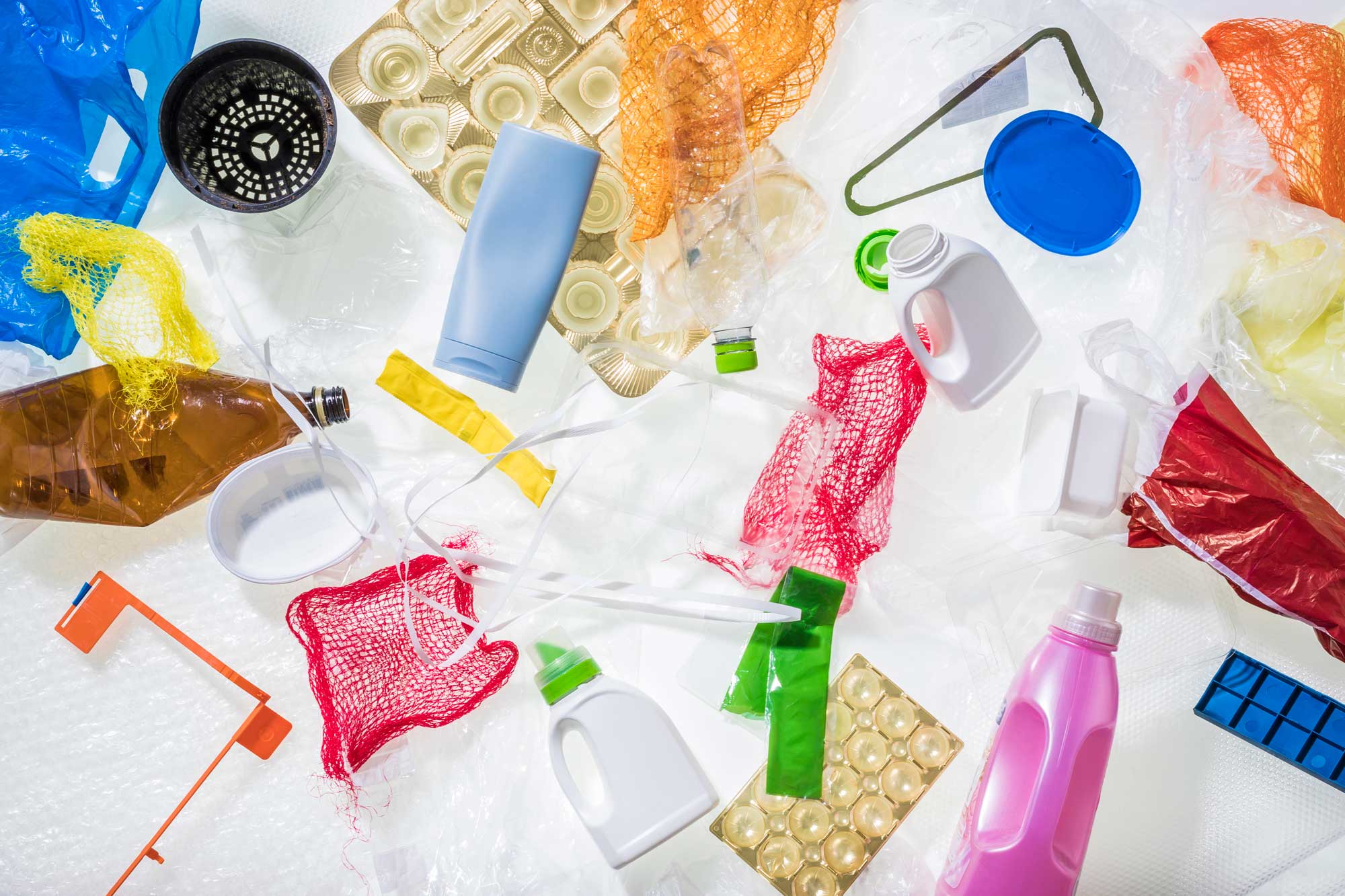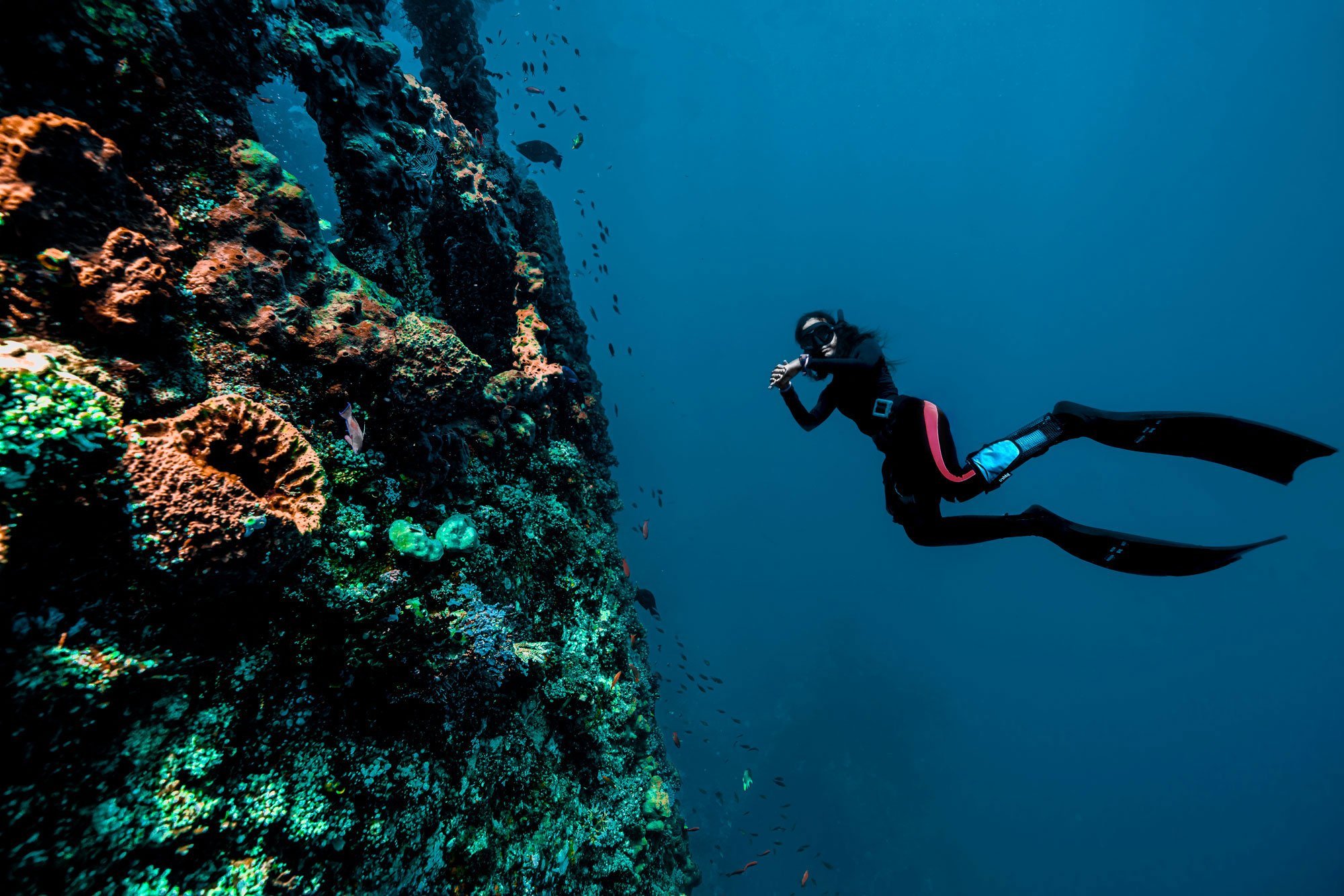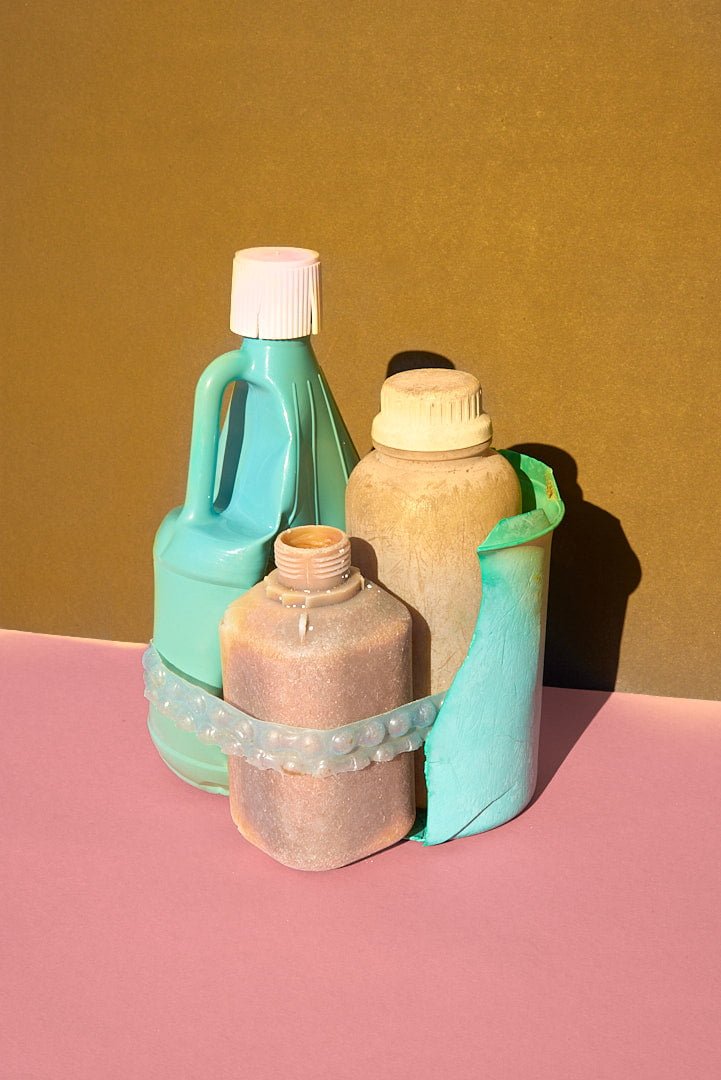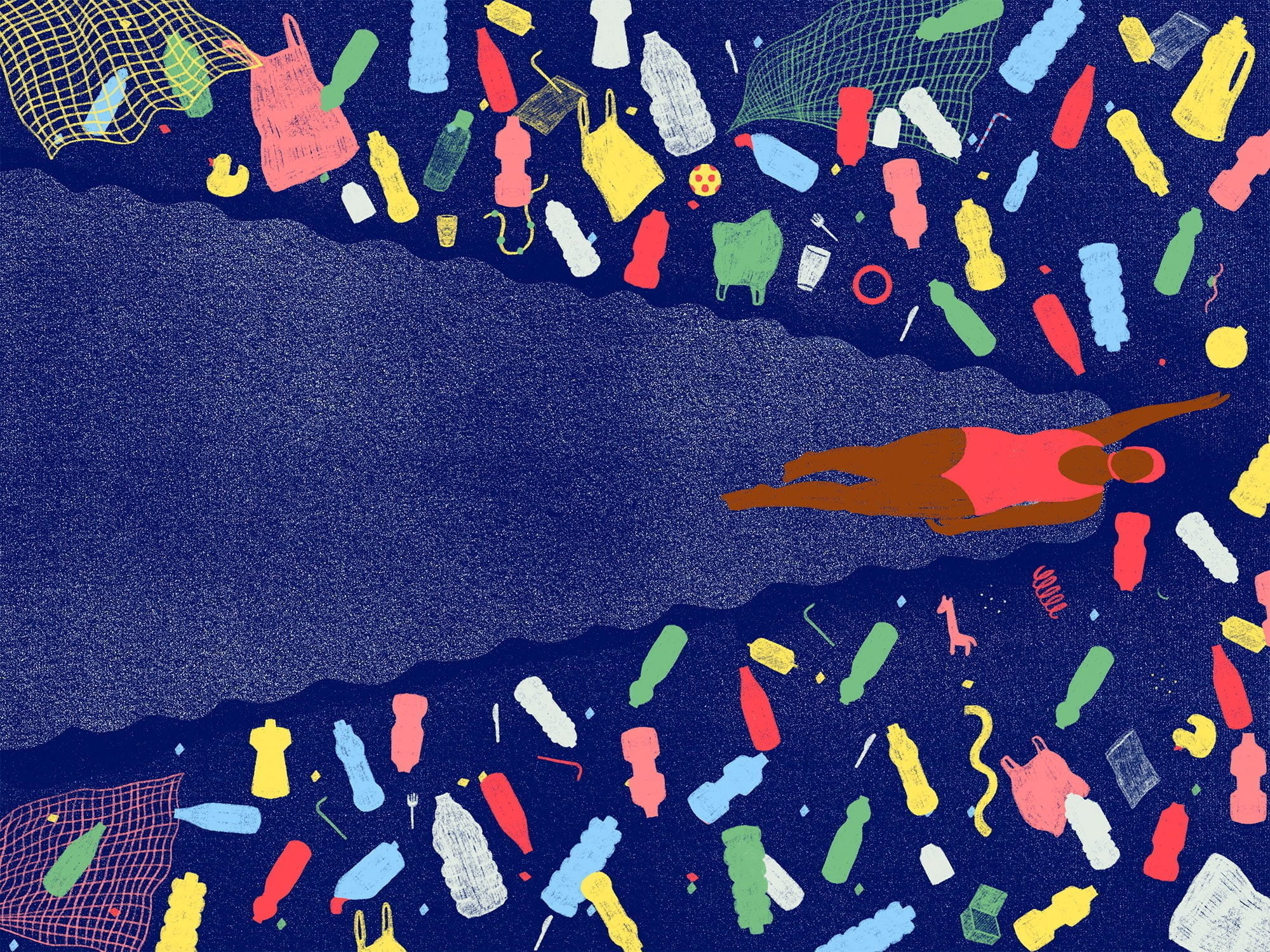Ever noticed that number on the bottom of your yoghurt pot? Or your shampoo bottle? It’s the plastic resin identification code, telling you what kind of plastic the object is made of. And not all plastics are created equal: some are easy to recycle, others, not so much.
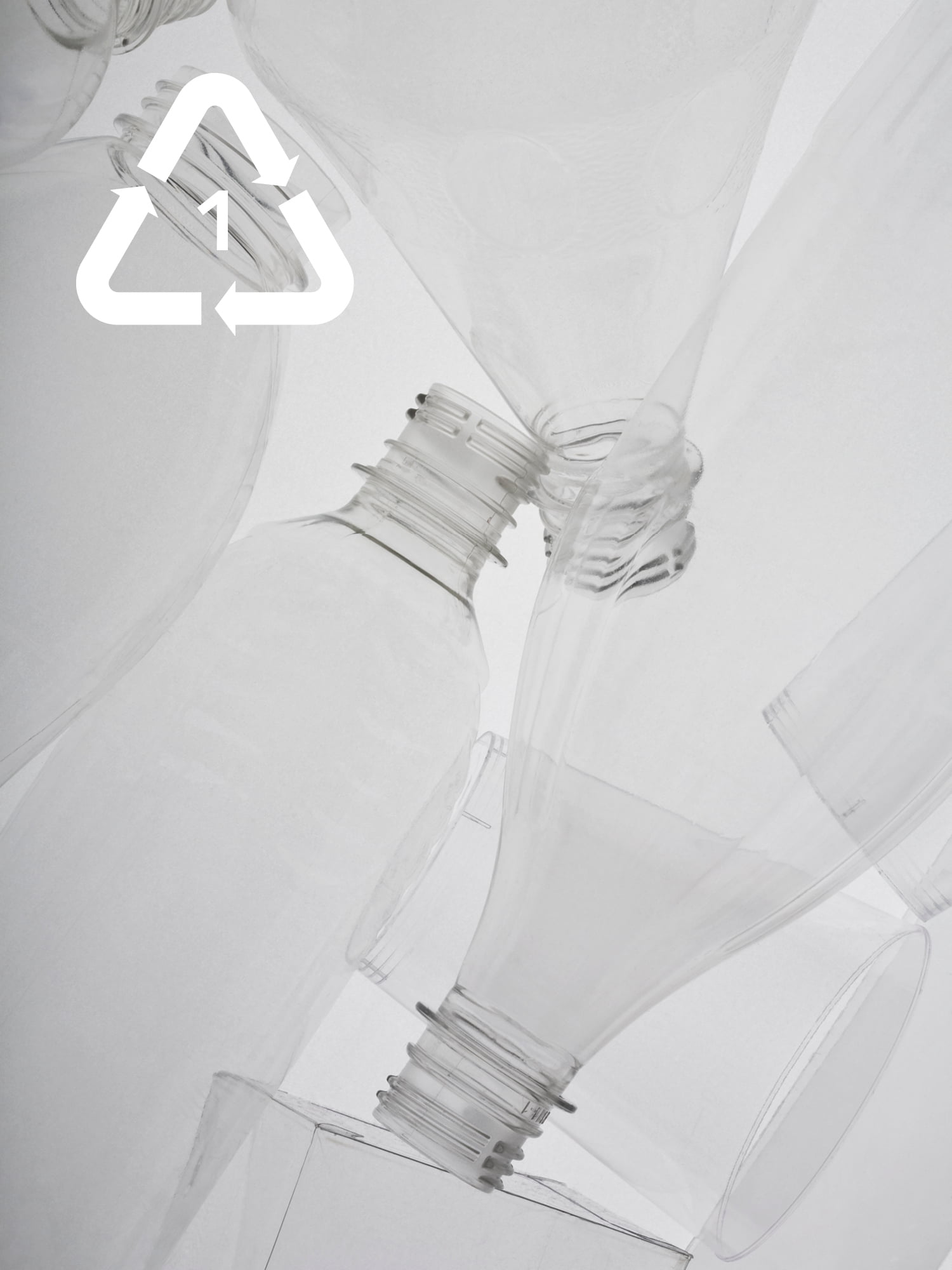
Did you know that bottles and bottle caps are made of different kinds of plastic and need to be recycled separately? Photo: Caspar Benson / Getty
1. Polyethylene terephthalate (PET or PETE)
Cheap, strong and lightweight, this is the most common kind of household plastic because it’s so versatile. If you own anything made of polyester, you’re wearing it; if you buy food in clear packaging – from peanut butter to salad dressing, cooking oil, or fresh fruit – you’re eating from it; and if you buy soda bottles you’re drinking from it. In fact, 70% of drinks come in PET bottles and about a million are bought globally every minute. PET’s polymer chain breaks down at a relatively low temperature, making this one of the most widely and easily recycled plastics, so separating it from other plastics means less gets wasted. Some countries such as Germany and Finland have introduced deposit return schemes for PET bottles, which has boosted recycling rates to above 90%.
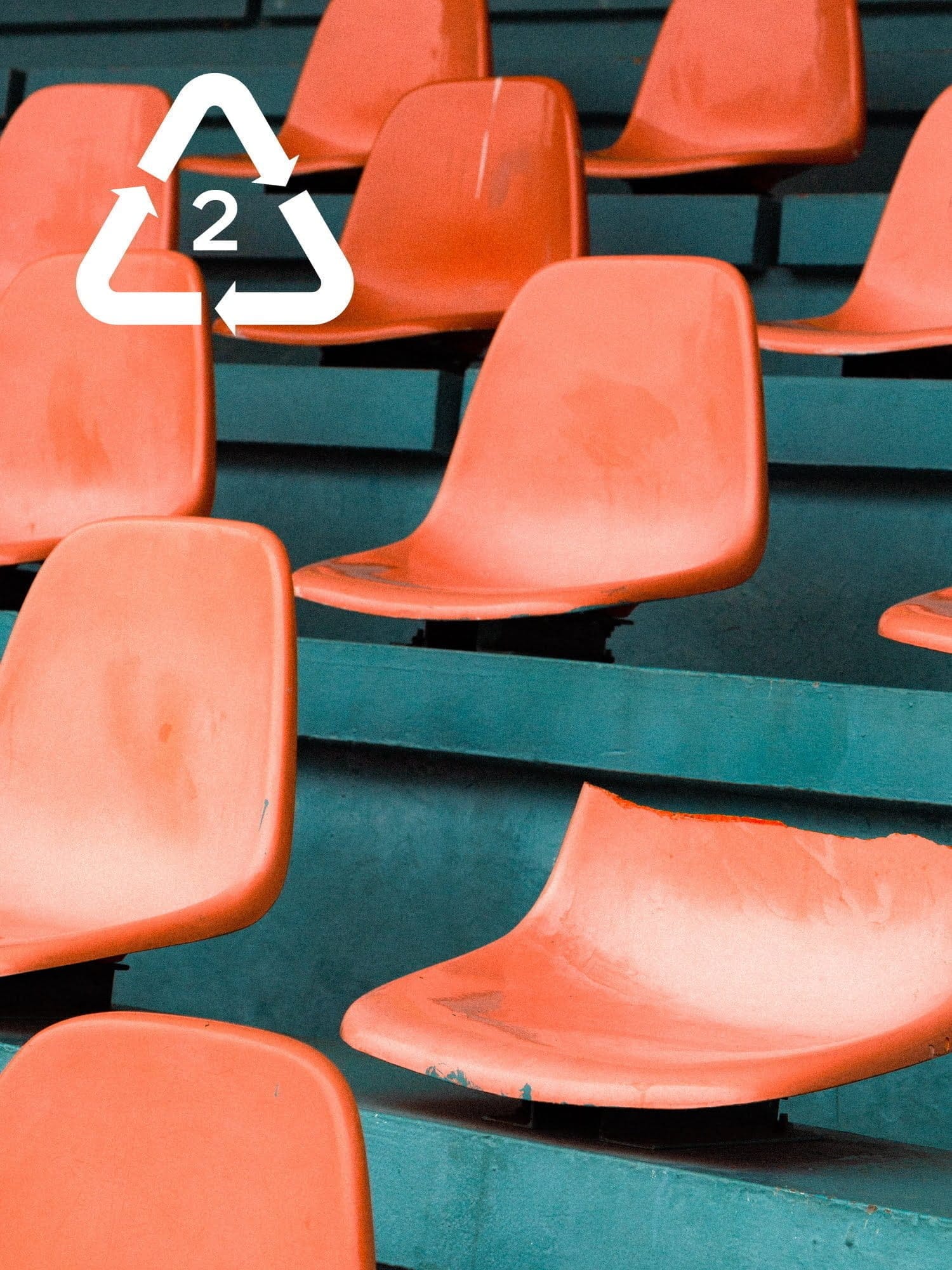
Plastic can be moulded into any shape or form, which is why it’s all around us. Photo: Lysander Yue / Unsplash
2. High-density polyethylene (HDPE)
This is what the milk bottle in your fridge is made of, as well as your shampoo, detergent bottles and bottle caps. Opaque and more flexible than PET but extremely durable, it’s another of the most widely used plastics and is found in everything from toys, to playground equipment, garden furniture and even hula hoops. It’s commonly recycled – and is actually the stuff recycling bins themselves are made from. It needs to be separated from harder kinds of plastics such as PET to recycle. And while recycling is clearly better than dumping plastic into landfills, it’s worth noting that recycling plastic downgrades its quality, making it more difficult to find new uses for.
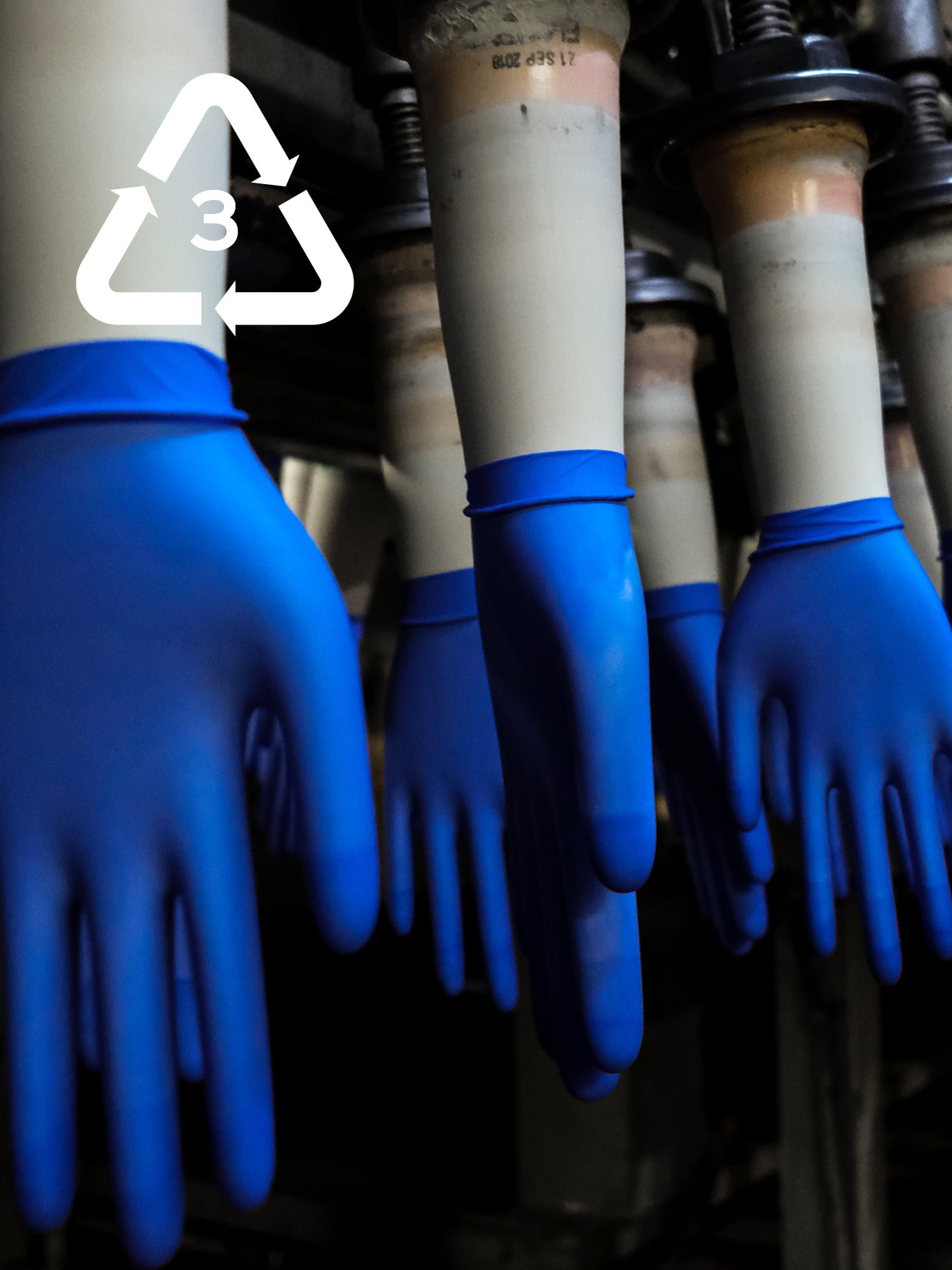
We produce around 380 million tonnes of plastic every year. Photo: Samsul Said / Bloomberg / Getty
3. Polyvinyl chloride (PVC)
Created in 1872 by German chemist Eugen Baumann, PVC is one of the first plastics produced. It is now the third most widely produced plastic and is found in water and sewage pipes, window frames, vinyl flooring, swimming pools, disposable gloves, credit cards and synthetic leather. It’s super useful, but for the environment, it’s not great news. Containing about 57% chlorine, PVC is a serious contaminant throughout its lifecycle, from production to use to disposal. To make the material less stiff, plastic softeners (called phthalates, if you want the scientific term) are added. These leach out into the surroundings and are harmful to human health. PVC is difficult to recycle and requires separation from other plastics. When burned, it gives off a highly toxic smoke.
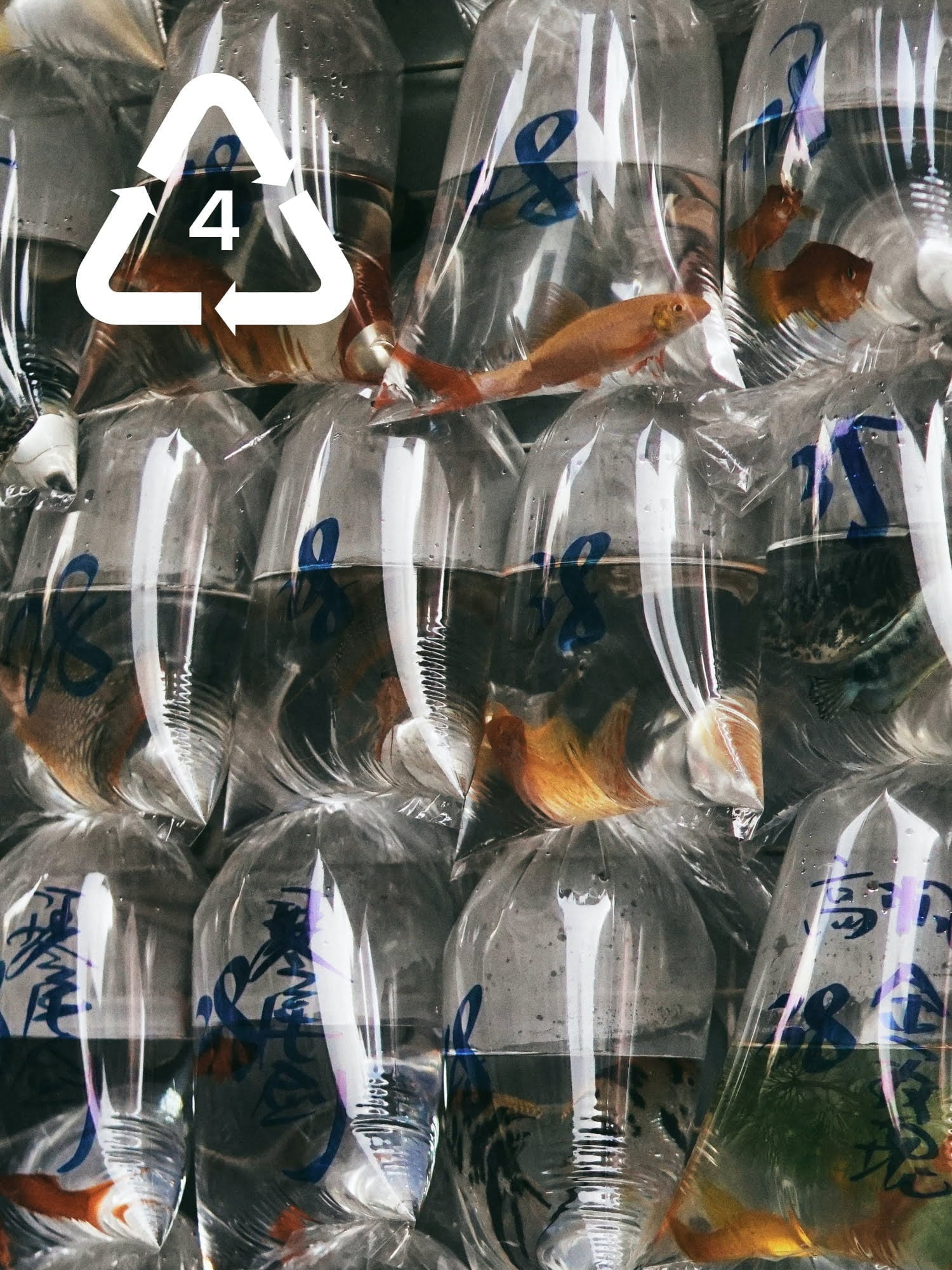
Not all plastic can be easily recycled. One of the best solutions is to produce less plastic to begin with. Photo: Haley Truong / Unsplash
4. Low-density polyethylene (LDPE)
When it comes to LDPE, think freezer bags, packaging foam, bubble wrap, clingfilm, squeezable bottles and shopping bags. First produced in 1933, this everyday plastic is one of the oldest kinds around. Although it’s technically possible to recycle, it tends not to be considered financially viable, which is why most LDPE ends up in landfill. When exposed to sunlight, it produces the potent greenhouse gases methane and ethylene. An increasing number of countries are now banning single-use plastic items such as shopping bags in an effort to stop this kind of plastic from entering the environment.
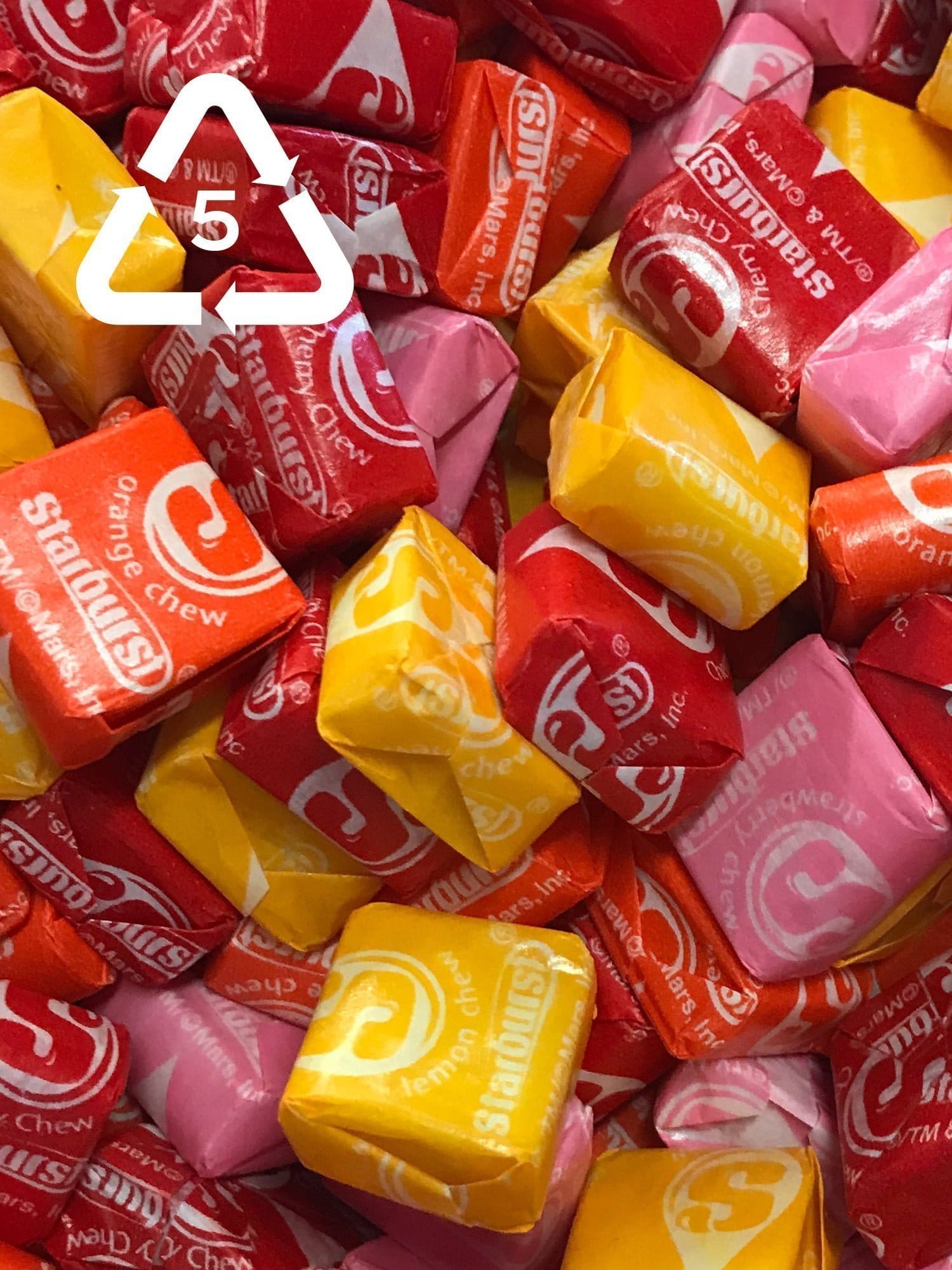
Making new plastic is often cheaper than recycling existing packaging. Photo: Taylor Rooney / Unsplash
5. Polypropylene (PP)
Yoghurt pots. Crisp packets. Biscuit wrappers. Our taste for pre-packaged snacks is choking the planet with trash. This kind of plastic alone makes up about 56% of all plastic waste, with most of it coming from households. Only about 1% of this plastic gets recycled because it’s hard to collect, and often covered in food leftovers or mixed with other materials such as colourants. The remaining 99% lingers on. And on. Once in landfill, it gradually decomposes over 20 to 30 years releasing additives such as lead and cadmium. If burned, it releases toxins such as dioxins – which are known to cause cancer. On the upside, encouraging progress is being made in the development of alternatives such as starch or algae-based bio-packaging, and UK company MarinaTex is even developing a promising compostable plastic based on fish scales and skin.
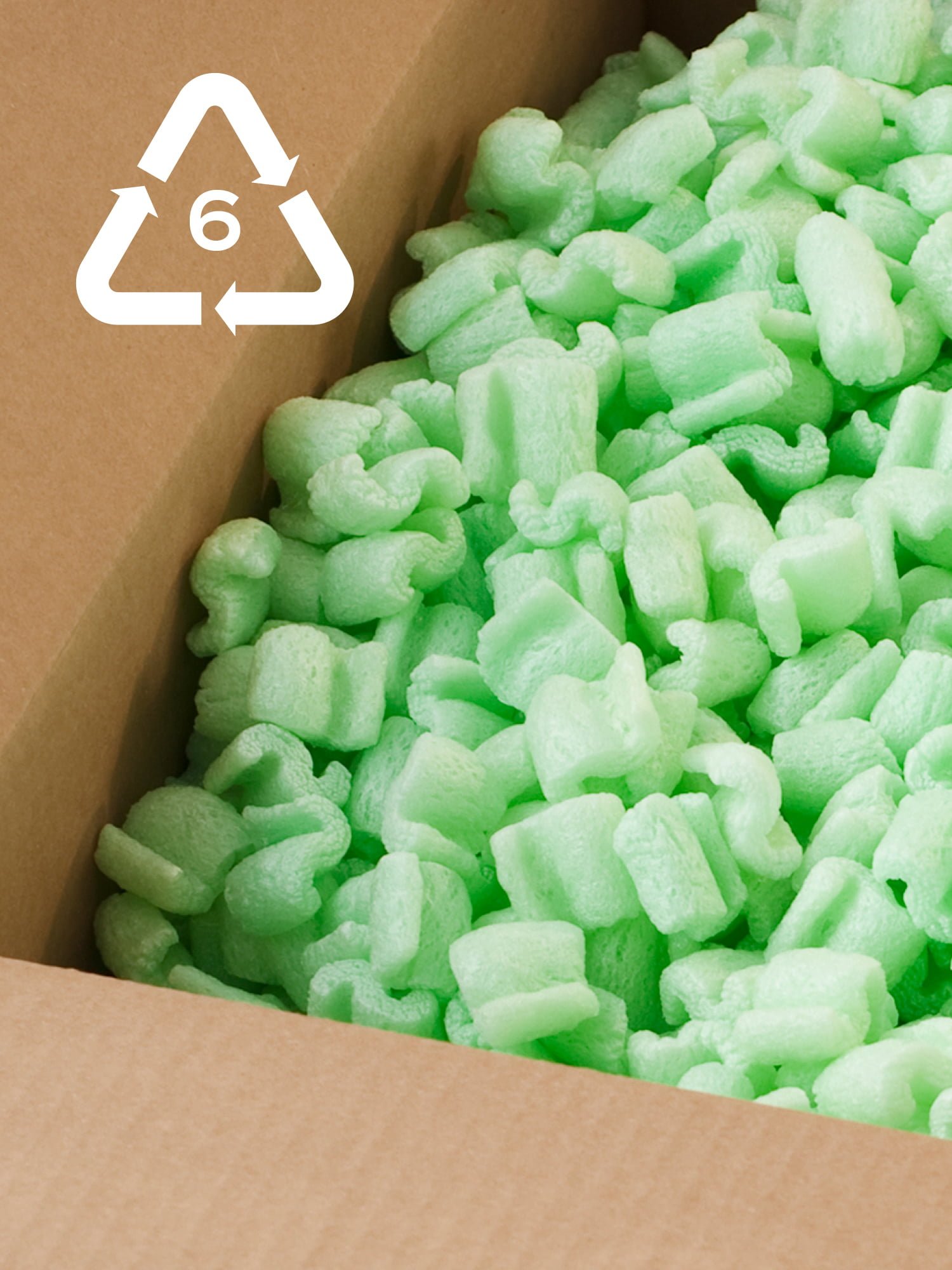
Remember these? Luckily companies are finding alternative packing materials made from corn starch or coconut husks. Photo: Tetra Images / Getty
6. Polystyrene (PS) or expanded polystyrene (EPS)
The solid version of polystyrene can be clear or coloured and is used in disposable plastic cutlery and plates, as well as razor handles. The foam version (EPS) is the stuff you have to fight through to get your new TV, fridge or microwave out of its box. Increasingly bans are in place to reduce these single-use waste streams. Polystyrene doesn’t get recycled very much – it’s not separately collected, and it’s so cheap to produce that there’s little incentive to reuse it.
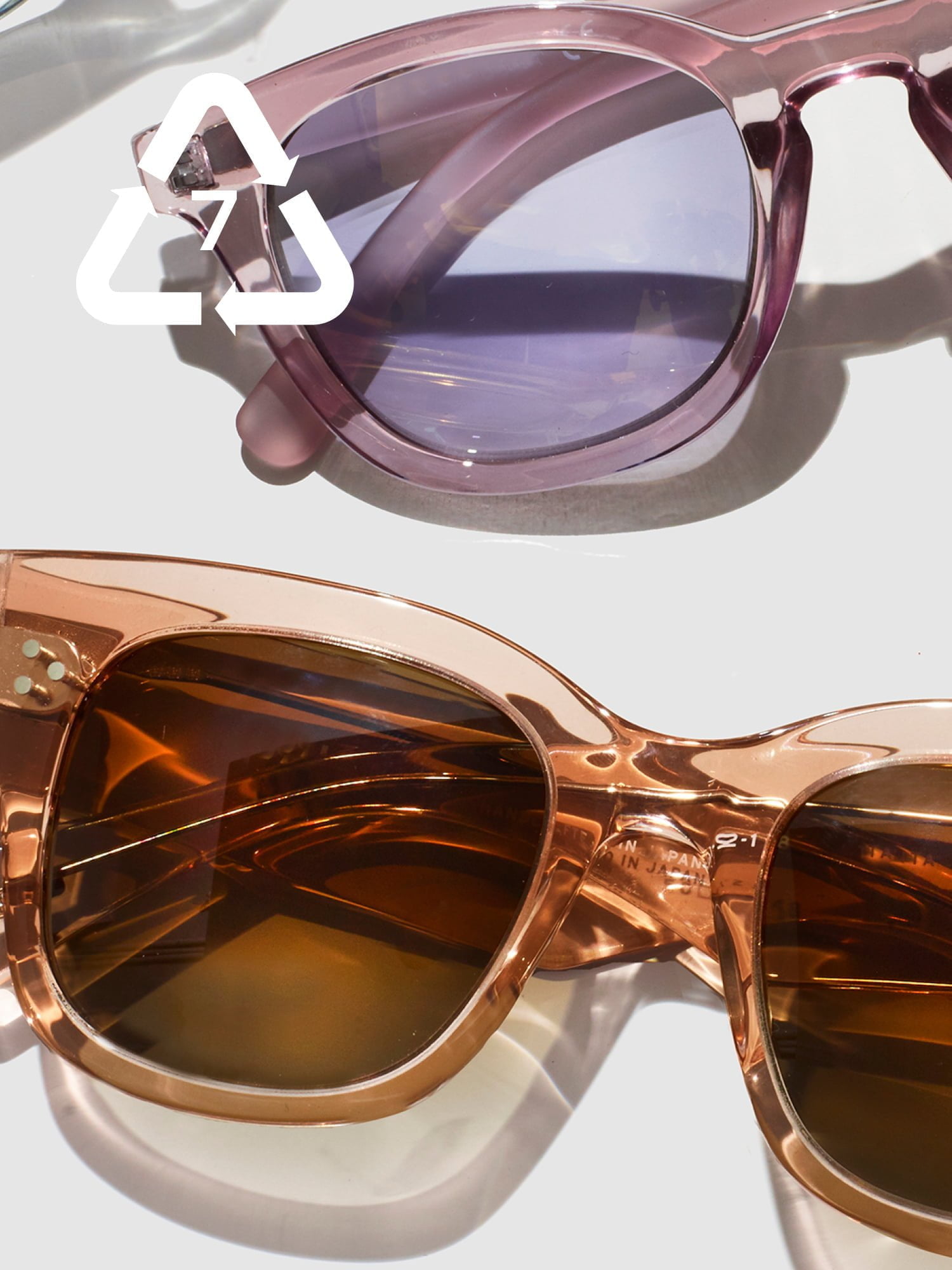
Sunglasses may look cool, but are often made of a mix of plastic resins, making it too difficult to recycle them. Photo: Shana Novak / Getty
7. Other
These are plastics made from a combination of resins and are made into baby bottles, sunglasses or multilayered packaging such as coated paper or aluminium. Because the different materials have different melting points, they are rarely recycled. Up to 56% of packaging in developing countries incorporates multilayered materials.
WHAT’S BEING DONE?
- As of 3 July 2021, the EU is banning the 10 most common single-use plastic products ending up on European beaches such as cotton bud sticks, cutlery, plates, straws and stirrers.
- Countries such as France, Germany and the United Kingdom are forcing manufacturers to take more responsibility for the plastic they produce, for example by introducing fees for using non-recyclable packaging.
Rising to the challenge
